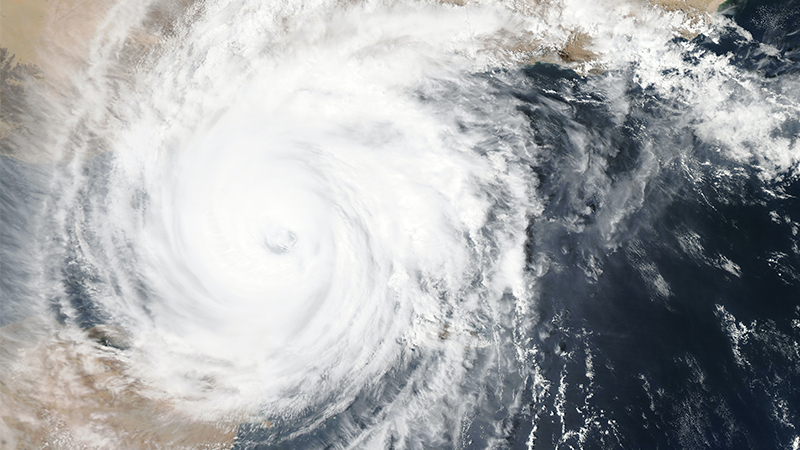Why Tropical Cyclone Oswald was one of the highest impact storms to make landfall
Despite being a low intensity category cyclone, Tropical Cyclone Oswald (2013) is considered to be one of the highest impact storms to make landfall in Northern Australia.

